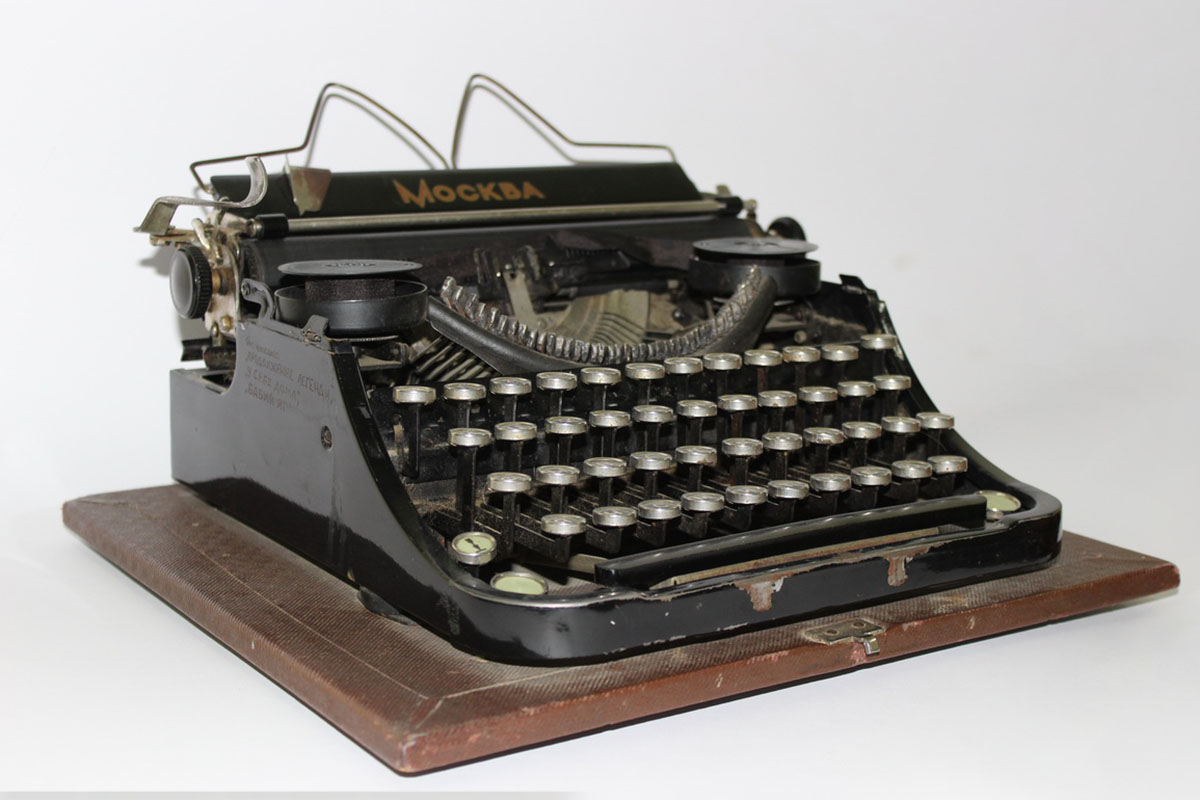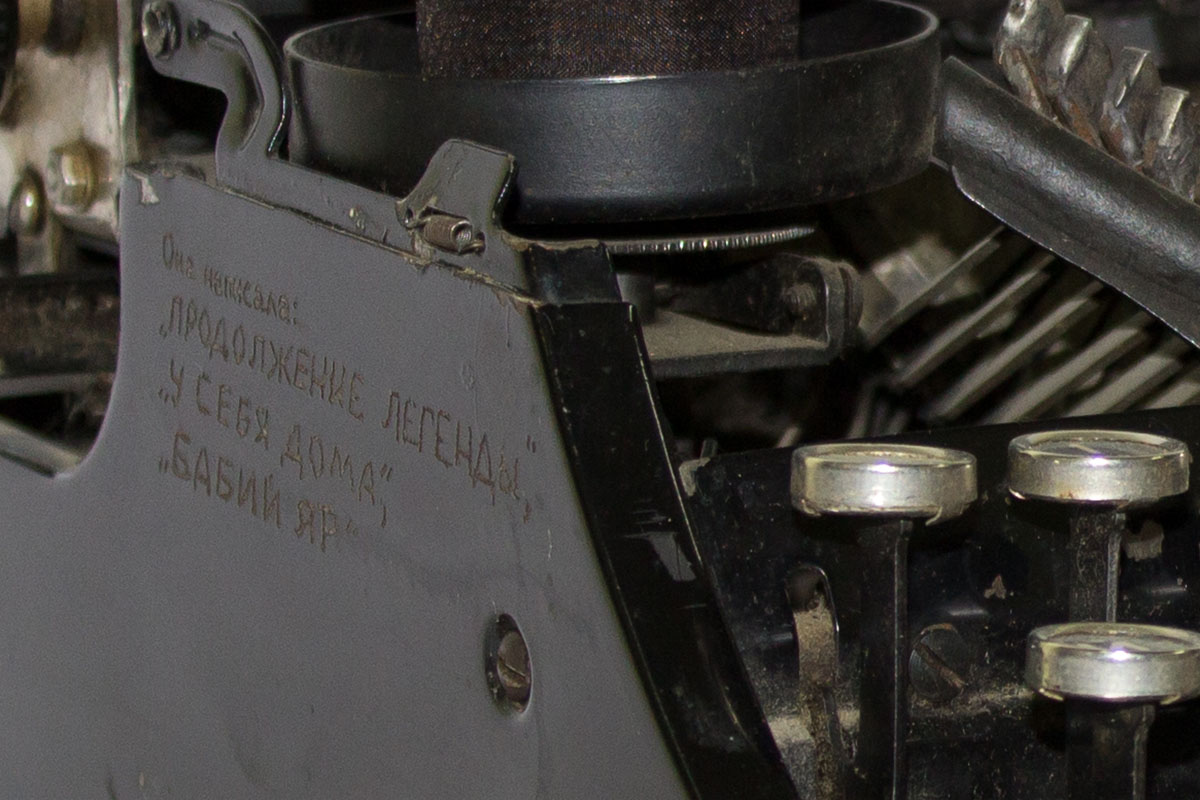Among the numerous crimes committed by the Nazis on Ukrainian soil, one stands out: the mass extermination of the local population. One of the symbols of these atrocities is Babyn Yar – a ravine in Kyiv, where, from September 29, 1941, to September 29, 1943, more than 100,000 Jews, Roma, Ukrainians, and representatives of other nationalities were killed.
Among the writers who began to publicize this tragedy was Ukrainian author Anatolii Kuznetsov. He survived the Nazi occupation of Kyiv and carefully recorded his observations and the testimonies of witnesses, which later formed the basis of his "documentary novel" Babyn Yar. However, the text of the work, first published in 1966, was subjected to harsh censorship as it did not conform to the Soviet official narrative. Moreover, within the pages of the novel, the author did not shy away from comparing the criminal essence of both the Nazi and Soviet regimes. Afterward, Kuznetsov fled further from the "Iron Curtain" in search of opportunities for free expression.
In 2001, the writer’s son, Oleksii, donated to our collection a typewriter with the "symbolic" name "Moscow," which Anatoii Kuznetsov used to write his early works, including Babyn Yar. It should be noted that the topic of the Holocaust, in various forms and connotations, has been present in the museum space since its creation.
However, a thorough study of this extremely complex issue began in the late 1990s when the Memorial started to take on more defined characteristics as a place of national remembrance and reconciliation.
In this context, the artifact, like the novel itself, acquires special meanings. By choosing the central theme of the Nazi crimes in Babyn Yar, the writer nonetheless consistently presents an anti-systemic view of Soviet history, not overlooking phenomena that were reluctantly mentioned, distorted, or entirely silenced in the USSR, such as the Holodomor of 1932–1933, Stalinist repressions, the NKVD’s destruction of the historical center of Kyiv, the fate of prisoners of war, and so on. These and other similar pages defined the reality of the residents of Ukrainian lands at that time, including the author himself.
At the same time, Babyn Yar, like everything surrounding its creation, is also a story of uncompromising struggle for an unmolested, non-ideologized, and unretouched portrayal of events, a pursuit of truth and freedom against the backdrop of Ukraine’s existence under the shackles of totalitarianism.
The thematic complexity, combined with its contemporary relevance, when information is once again an effective weapon, makes Anatolii Kuznetsov’s typewriter a symbolic exhibit that defines the Ukraine-oriented focus of the War Museum’s exhibition space.


